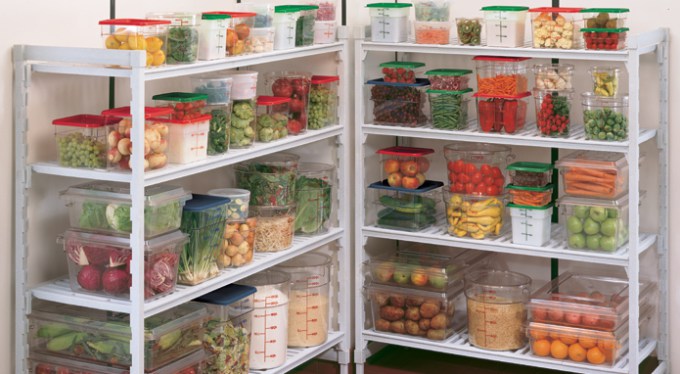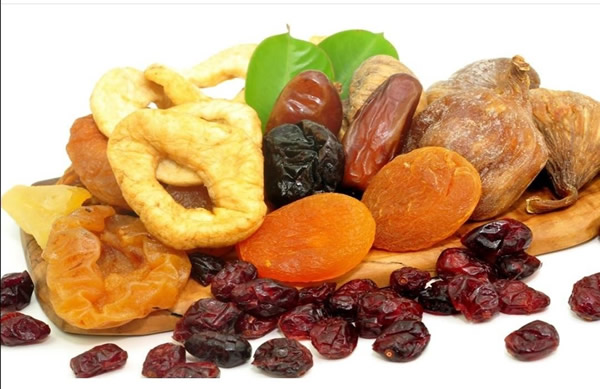Preparing plant-based meals can be a little daunting, especially when you wish to incorporate this into a healthier lifestyle. It is more fun if you enjoy spending time in the kitchen, trying out new recipes and experimenting with different foods and flavors. However, once you’ve made that delicious carrot and cabbage coleslaw or finished a batch of mixed fruit parfait, you may be curious just how long each of these dishes will last.
Here is what you should know about preserving your raw foods:
The Use of Vinegar for Preservation
One of the most effective natural preservatives is vinegar, created from the fermentation of water and sugar solutions. Vinegar is commonly used for pickling, as it contains acetic acid that can effectively kill microbes and thus prevent food from spoiling.
When it comes to the lifespan of your raw food, apple cider vinegar is a great way to preserve. When using apple cider vinegar however, it’s important to ensure that it is unpasteurized and contains Mycoderma aceti, also known as the mother of vinegar. This is recognizable as a cobweb-looking solid floating inside. This type of organic vinegar contains living nutrients and healthy bacteria, unlike its processed and manufactured counterpart that has been stripped of many of these benefits.
Foods made with apple cider vinegar or lemon juice will have a naturally longer lifespan. Marinated dressings, salsa and greens can last for up to one week on the shelf and for up to two weeks in the refrigerator.
Fermented vegetables and foods are another great way to preserve your raw foods and increase digestive enzymes.
Freezing Foods
According to The Food and Agriculture Organization of the United Nations, freezing fruits, vegetables and other easily-perishable food is one of the oldest forms of food preservation. It’s also one of the most beneficial methods as doing so helps to preserve the taste and texture, as well as the nutritional value of the food better than other methods. At this frozen temperature, foods are not susceptible to microorganism growth. The temperature also delays cellular metabolic reactions. This chemical changes that generally cause foods to spoil are effectively slowed down and thus preserve the shelf life of these items.
The lifespan of your fresh, raw, plant-based foods can be significantly extended when frozen. As such, you can enjoy seasonal summer fruits in the winter and the fruits of a fresh harvest in the spring. Freezing fruits and veggies is also an easy and convenient way to keep them fresh for smoothies. It has been observed that the average lifespan of frozen fruits and vegetables is between eight to 12 months.
Dehydrated Foods and Refrigeration
Another method for preserving your raw foods, especially fresh seasonal fruits and vegetables that you want to enjoy months later, is to dehydrate them. By removing the moisture from these foods, the growth of microbes and spread of decomposing is prevented. However, it’s important that the process of dehydrating raw foods is done properly, in a way that preserves the most vitamins and nutrients and leaves the essential enzymes. This can be achieved by dehydrating at certain temperatures and fortifying with nutrients. Though dehydrating food at higher temperature will speed up this process, it will result in more lost nutrients. Once your foods are dehydrated, store them in airtight containers in a cool, dry place away from exposure to humidity, light and air. For further protection, these containers of dehydrated foods may be stored in your refrigerator.
Most dehydrated foods can have a shelf-life of up to several years, depending on the temperature that they are stored in. Soft grains for example, have a lifespan of eight years when stored at a stable temperature of 70 degrees. Hard grains can last for about 10 to 12 years when kept at the same temperature. Beans and dehydrated vegetables last for eight to 10 years while flours and dehydrated fruit will last for about five years.
Dehydrating your fruits is a great way to enjoy them all year long.
‘Warming’ Food Up
Finally, it’s important to note that raw doesn’t have to mean “cold”. Many people, especially those new to consuming more of raw foods, are concerned with the growth of microorganisms associated with letting food sit out on the counter at room temperature. However, that fear is only warranted for animal-based foods such as dishes made with dairy or meats.
Although it is best to store foods you are not using in your refrigerator, you don’t need to serve them cold. Several hours before meal time, simply take your dish out and let it sit at room temperature or, place it on bottom shelf of your dehydrator at 100 degrees for 2 to 6 hours.
Preserve and Enjoy!



